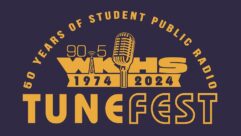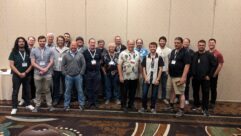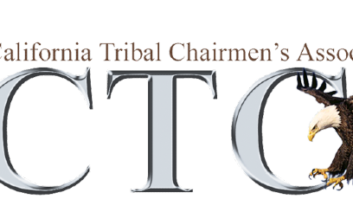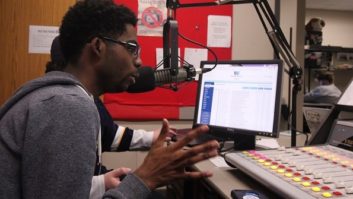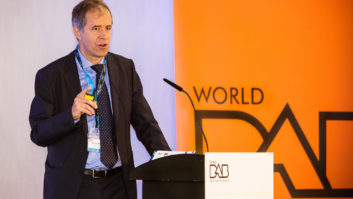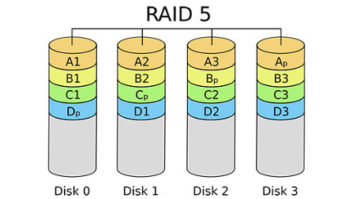Honestly, we expected a soft NAB convention. Radio layoffs, expense reductions and capital budget belt-tightening over six months have signaled financial uncertainty. We knew the technical sessions would be strong, as usual; but with recessionary talk and declining stock values, it seemed U.S. owners might not be keen on spending to explore new technology.
Most vendors and exhibitors were pleasantly surprised, reporting good traffic and interest in their offerings. Attendance was down but only about 3 percent, to 105,000 people or so, according to NAB (though we still wish the association would provide an independent audit of its numbers); and more than a quarter of attendance was international.
The overall feeling was both more global and more upbeat than we’d anticipated.
Radio is only a small part of the NAB Show, of course; but when we walk the aisles and sit in the presentations, we find plenty to get excited about for owners seeking new technology tools to advance their business plans.
Innovation doesn’t wait for better economic times. Nor should radio managers, who ought to be using this time of economic softness to solidify market position and prepare for their next growth moves.
Yes, growth. Traditional commercial radio has a business hangover, perhaps, but the industry has absorbed big changes in the past five years and more is to come. Enhancements in Internet streaming, wireless/mobile and HD Radio technologies dominated the show and continue to propel new, potentially lucrative ways of thinking about the broadcast model.
Most of radio’s revenue engine, perhaps 90 percent, still supports our traditional over-the-air product but we sense a new willingness on the part of commercial broadcasters — often following the example of public radio — to get behind unexpected channels and projects.
Nontraditional partnerships, aggressive marketing and a willingness to experiment characterize this management style. We’ve been reporting on such efforts in recent issues and find the mood change exciting.
What about HD Radio? Well, in such an environment, digital broadcasting is but one possible tool in a manager’s new media work belt; but it remains an important one.
Early adoption may be profitable but it is also risky, and nowhere is that more apparent than in the debate among stations about if and when to convert.
FM-HD continues to make important gains but its eventual health will depend on much better execution and promotion to convince consumers that buying a digital radio is worthwhile. We hear promising things from industry leaders but we’ll let their actions convince us; the track record isn’t super.
Receiver penetration, we feel, is going to pick up quickly. Ibiquity showcased 60 new HD products on the floor, including several featuring Apple iTunes tagging; this display was a welcome sight.
Another key consideration on people’s lips was the proposed 10 dB digital power increase. It’s sorely needed to improve signal reception and make HD2 and HD3 channels more viable. Glynn Walden, CBS Radio’s director of engineering and one of HD Radio’s founding fathers, thinks HD’s future will depend on it; we agree an increase is needed. Just how much eventually will be allowed and how it’s implemented are certain to consume the HD debate.
AM-HD continues to fight uphill. Several manufacturers showed impressive new transmitter models designed to optimize and maintain HD performance. Yet the growth of AM-HD stations coming on the air appears stalled and we hear murmurings about some broadcasters pulling back on AM-HD or wishing to renegotiate their commitments with Ibiquity. That does not bode well as the AM service struggles to remain relevant.
The rollout of cheaper and better HD receivers, and the penetration of the dashboard as standard equipment, must accelerate. We predict this will happen and we are actually feeling pretty sanguine about market penetration in the year ahead. But unless radio does its part and makes sure HD programming is compelling and reliable, the powerful new tool of digital radio may remain tucked into the toolbelt too long.
Also, some observers think this way: “The clock is ticking. WiMax-delivered Internet or some variant ultimately could absorb and replace traditional radio. Why spend money or worry anymore about HD-R? It will become a white elephant sooner than later.” That may or may not happen but we should not ignore this school of thought. It’s an important part of the business dynamic.
Overall, however, it has become clear to us that radio’s health and growth do not rely on any one tool or platform but rather on a willingness to be flexible, to try something new and not be afraid to fail at one project and then try another.
For such managers, these are exciting times.
— Radio World



